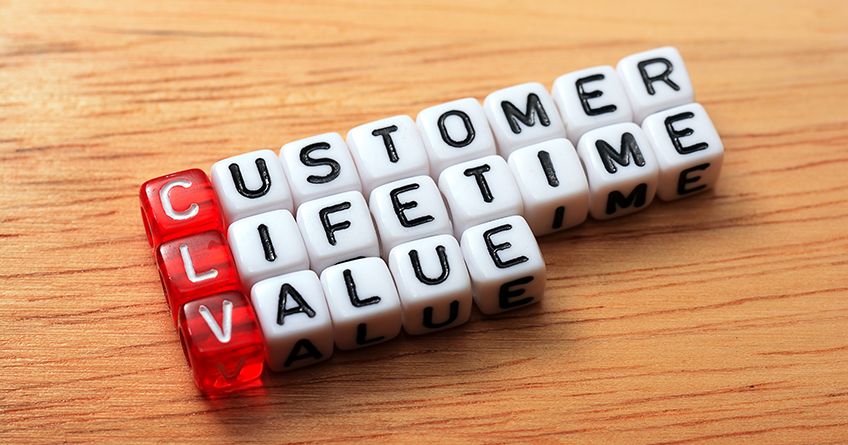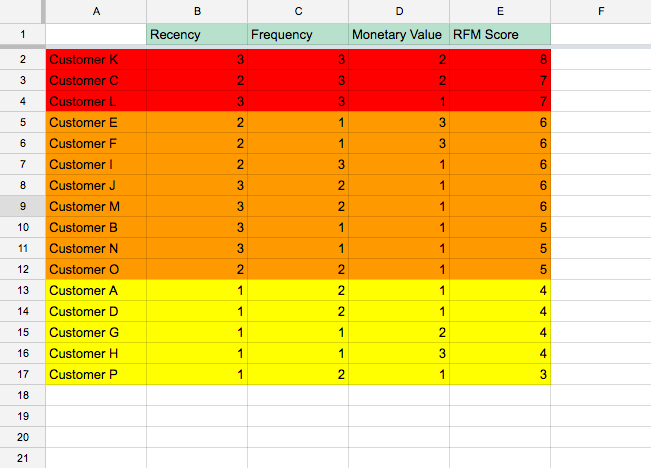What is a Customer Worth?
by Danny Summers
Several weeks ago you may remember I asked these questions:
- What is a Customer Worth to You (over a lifetime)?
- What is the cost to obtain a new customer (in dollars)?
The reason I asked was because I was reading comments from owners or managers who were having issues with seemingly unreasonable customers and it sounded like they were ready to say "Good Bye" to the customer(s). Before you ever get to the point of "firing a customer," I believe you need to have at least an idea of your answers to the above two questions. I understand sometimes you just can't please everyone and the answers to these questions can vary greatly, but this is a fundamental idea.
Do you have any idea of your answer to the first question... is often called Customer Lifetime Value (CLV)? Here's a little hint:

Did that make it clear? OK, I am as puzzled by that formula as you probably are but, believe it or not there is not just one formula to answer the the CLV question. As you see, it can be very complex. I don't think it has to be that complex. There are many sources of information on both CLV and well as how to determine the cost to acquire a new customer, what is often referred to as Cost per Acquisition (CPA). Some of you have tools in your POS to help you with these questions, but you need to know how the POS is calculating this.
For today, we will look at just one simple approach to the Customer Lifetime Value (CLV) question. It is called Recency, Frequency, and Monetary (RFM). One of the best references I found on this is available from Shopify and available HERE. This approach suggests you take your current customer list and subdivide it into these three categories.
- Recency refers to the last time that a customer made a purchase. A customer who has made a purchase recently is more likely to make a repeat purchase than a customer who hasn’t made a purchase in a long time.
- Frequency refers to how many times a customer has made a purchase within a given time frame. A customer who makes purchases often is more likely to continue to come back than a customer who rarely makes purchases.
- Monetary Value refers to the amount of money a customer has spent within that same time frame. A customer who makes larger purchases is more likely to return than a customer who spends less.
By segmenting your customers with RFM, you’ll be able to analyze each group individually and determine which set of customers has the highest CLV.
I can see the wheels turning now... "So how do I calculate the RFM?" The Shopify article gives a simple method:


4. Customers don't expect you to be perfect. They DO expect you to fix things when they go wrong.

